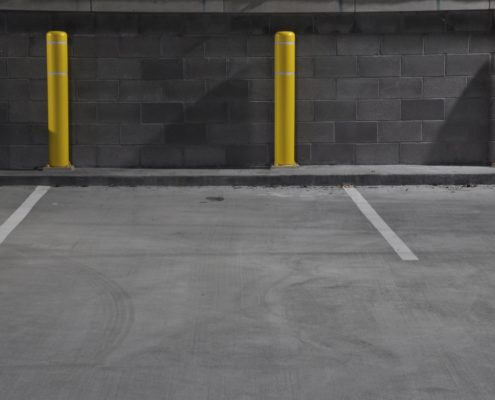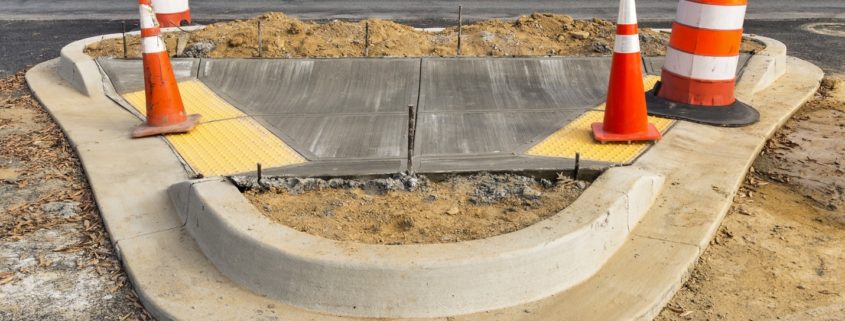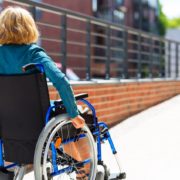How to Find the Right ADA Surface for Your Building
Creating accessible pathways into buildings is one part of building design that many people overlook. It’s easy for those without mobility hindrances to take ADA-compliant ramps and walkways for granted or to not notice them at all. It’s not possible to overlook these features as someone who designs building blueprints and layouts or needs more accessible routes in their current floorplan. You’ll need an inspection to know exactly which ADA flooring you need, but these tips will help you get started on the right path.
Plan Ahead
Figuring out what type of specialized flooring you’ll need involves careful planning and precise measurements. You’ll need some tools, floor plans, checklists, and a companion to help you out. You could do the survey yourself, but it’s far easier and faster when two people are involved. One of you can take measurements; the other can keep track of your checklists and take photos of the area.
Get your hands on the floor plans of the area you’re surveying. Study the layout and develop a general picture in your head of what you want the end result to look like. Take into account any entrances, drinking fountains, bathrooms, and other important landmarks that may change your plans. If you don’t have access to any floor plans, you should make a sketch of the area to work with. Make a checklist of places and elements of interest for your partner to keep tabs on while you perform your inspection.
Finally, gather up all the tools you’ll need for the job. Most of the tools listed below are standard for every inspection job. Others, like a carpenter’s level, you may not need. Most wheelchairs are around 24 inches in length, so do your best to find a level of this length if necessary. Ensure your bag or backpack is large enough to hold everything you need.
- Checklists and clipboard
- Floorplan
- Tape measure
- Digital camera
- Tablet
- Door pressure gauge
- 24-inch electronic or carpenter’s level
It’s Survey Time
Beginning your inspection from the outside will save you time and prevent potential headaches. Make a detailed survey of the most common and accessible arrival points to your building. Drop-off areas, sidewalks, and main entryways are high-traffic areas that you’ll need to get right before moving on. Van drop-off points are also something to keep in mind when determining what sort of ADA flooring you’ll need in your entryways.

(H2) Parking Spaces
Ensure your parking areas have the required number of accessibility spots in them. There may be differences in that number, depending on whether it’s a garage or a lot. Then, double check to see if your accessibility spots have easy access to your accessibility entrances and ramps. Each of these areas should have signs to point visitors in the right direction to those zones. You can continue your inspection inside the building once you’ve ensured that all exterior areas and entrances are properly set up.
Installing ADA-compliant walkways, ramps, and flooring in and around your building is a great boon to your business. Do you need high-quality and reliable accessibility flooring? ADA Solutions is here to help you with all your accessibility needs.





